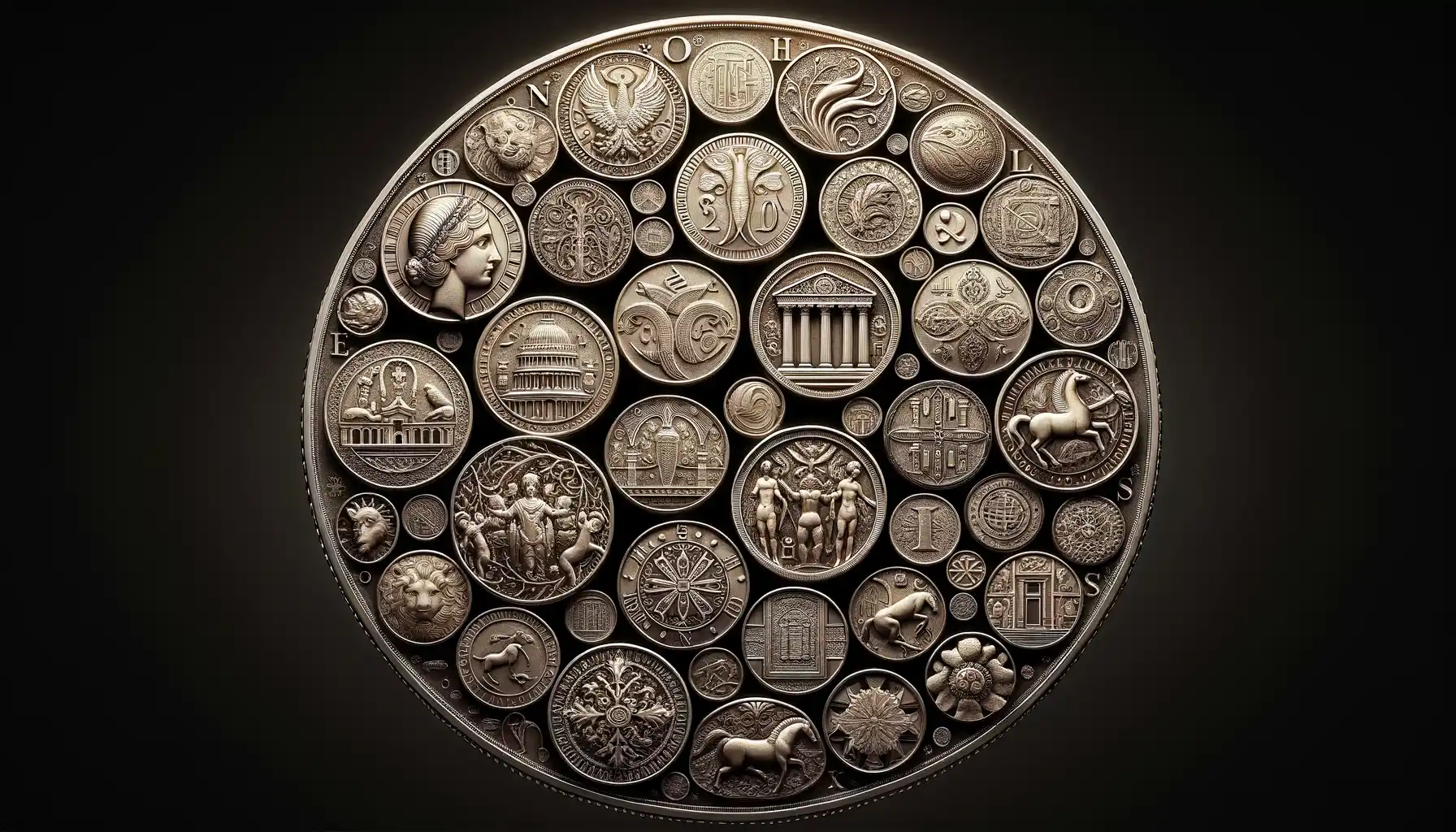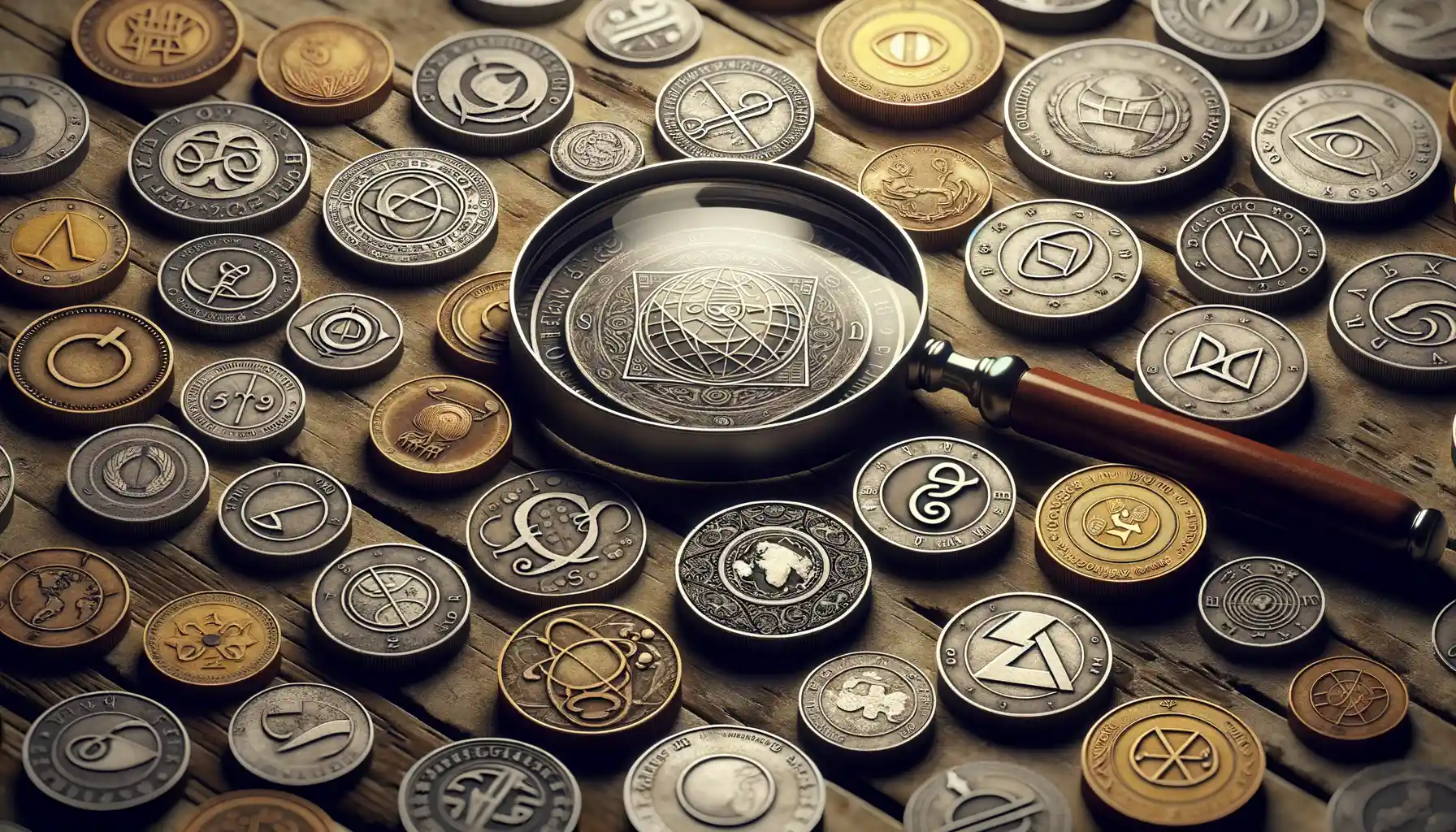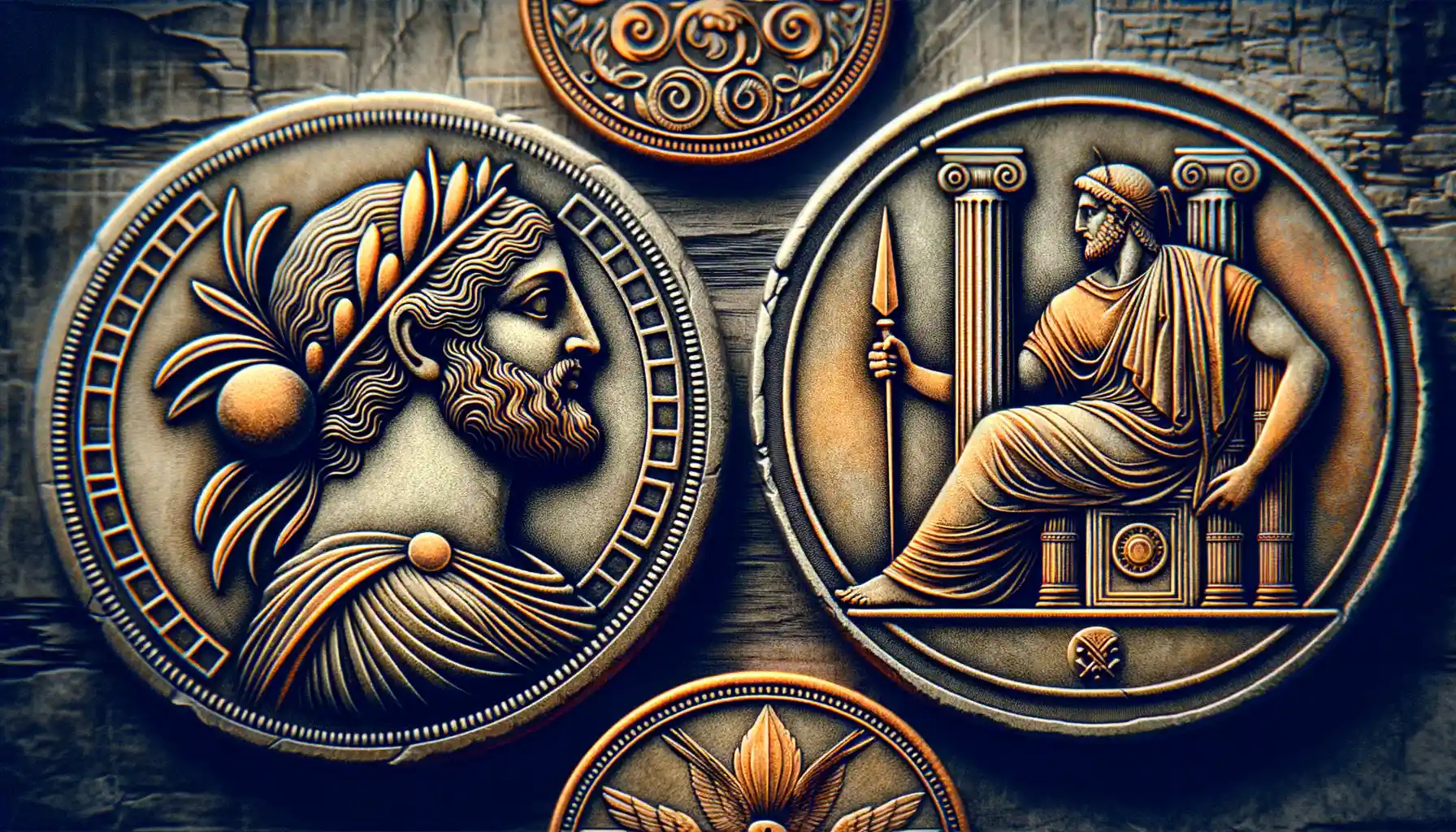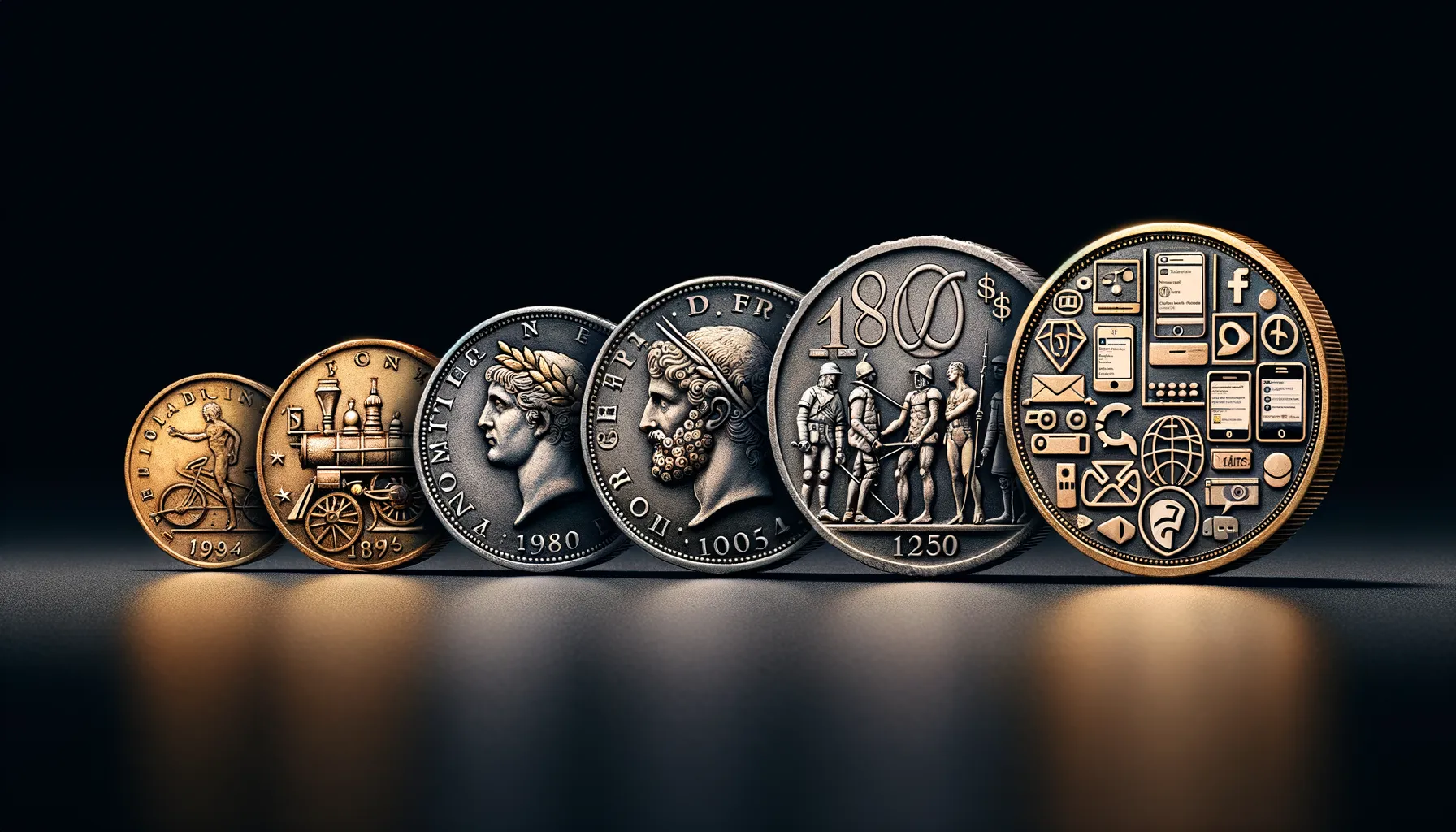Historical Significance of Coins in Political Messaging
Echoes of Power on Metal Discs
Coins have always been more than just pocket change—they’re whispers from the past, carrying political messages encoded in metal. Imagine holding a coin from 44 BCE Rome, featuring the profile of *none other than* Julius Caesar. This wasn’t just currency; it was a bold political statement—Caesar’s face on that silver denarius screamed, “Look who’s in charge now!”
Rulers have long understood the coin’s potential to spread their narrative. Think about it: coins travel with people, through markets, across borders. They’re a constant drumbeat of propaganda in a world where newspapers and social media weren’t even dreams yet. Each coin carried authority, aligning everyday transactions—buying bread, paying soldiers—with loyalty to the state.
- In Ancient Greece, coins displayed gods to tie leaders with divine power.
- Medieval monarchs minted their faces to cement their sovereignty over lands and people.
- Revolutionary regimes replaced royal symbols with ideals like liberty or equality, reshaping identity itself.
When you think of coins, think of them as miniature billboards—crafted for your palm but designed to leave a lasting impact on your mind. It’s subtle, yes, but make no mistake: it’s politics you can hold in your hand.
Symbolism and Imagery on Coins

The Language of Symbols: Decoding Coin Imagery
Coins may be small, but they carry a heavyweight story, speaking in a universal language of symbols and imagery. Every detail, from the profile of a ruler to the tiniest engraved motif, is a deliberate choice meant to communicate power, ambition, or unity. Think about it—when you hold a coin, you’re not just holding currency. You’re holding an idea.
Take the ancient Roman denarius as an example. The face of Julius Caesar wasn’t there by chance; it was a declaration of his dominance. His laurel wreath? Not just decoration—it screamed “victory” and “divine favor.” These coins essentially did the work of billboards long before neon lights were a thing.
- Eagles: A powerful emblem of authority and empire.
- Olive branches: A nod to peace, but also control—offered on their terms.
- Wreaths: Celebratory, yes, but also reminders of conquest.
Even today, this tradition continues. Look closely at your own coins! How often do you see elements like stars or shields? These tiny artworks still whisper stories of identity, sovereignty, and vision. It’s subtle propaganda hiding in plain sight.
Coins as Tools for Public Influence

Shaping Minds Through Metal
Coins don’t just jingle in pockets—they whisper ideas, nudge loyalties, and sometimes roar with declarations. Imagine holding a coin in your hand, centuries old. It’s more than a piece of metal; it’s a tiny billboard for the ideals of its time. Rulers and governments have long understood this. After all, what better way to spread a message than through something as universal as currency? Every time it changes hands, it carries a story.
The messages on these coins aren’t accidental. They’re carefully chosen to promote loyalty, celebrate victories, or even rewrite history. And here’s the genius of it: coins are unavoidable. You need them to buy bread or trade goods. Their subtle influence infiltrates daily life—like propaganda disguised as pocket change.
- A new ruler? Stamp their face on every coin.
- Won a major battle? Immortalize it in silver.
- Unifying diverse regions? Embed symbols that speak to shared identity.
From Caesar’s profile smirking at you on a denarius to revolutionary slogans etched into copper, coins demand your attention—and your allegiance. That small circle of metal becomes a stage where power plays unfold, right in the palm of your hand.
Notable Examples of Political Propaganda on Coins

When Coins Became the Stage for Leaders’ Grandeur
Ever held a piece of history in your palm? Political propaganda on coins often transformed these everyday objects into miniature billboards, subtly—or not-so-subtly—shaping public opinion. One sparkling example is the “Judaea Capta” series issued by Emperor Vespasian. These Roman coins celebrated his victory over Judea with imagery of a mourning woman beneath a triumphant Roman soldier. A casual reminder in every transaction of who was in charge.
Fast forward to 1830s Britain, and you’ll encounter the infamous “cartwheel penny.” Though simple at first glance, its depiction of Britannia holding a trident solidified national identity as a dominant maritime power. Even loose change had something to brag about!
- Napoleon Bonaparte didn’t hold back either. His coins boldly displayed his crowned portrait as “Emperor” across Europe—a sly way of confirming legitimacy and authority wherever they circulated.
- Across the Atlantic, President Lincoln appeared on the U.S. penny during the Civil War era, his solemn profile intended to unify a fractured nation under enduring values of liberty.
Coins weren’t just currency—they were pocket-sized performers, reminding people daily of victories, ideals, and ambitions.
The Changing Role of Coins in Modern Propaganda

From Political Stage to Pocket Change
Coins no longer carry the weight of political messages as they once did, but their role hasn’t disappeared—it’s simply evolved. In today’s world, where digital wallets hum louder than jangling coins, propaganda on physical money might seem quaint. But look closer, and you’ll see how coins still whisper stories, albeit in more subtle ways.
Modern governments leverage commemorative coins to influence public sentiment. For instance:
- They issue coins celebrating independence anniversaries to stoke nationalist pride.
- Mintings featuring cultural icons or causes—think Nobel laureates or environmental themes—subtly direct societal focus.
- Even special-edition currency tied to global events, like Olympic Games, can serve as soft power tools on an international stage.
The Digital Age vs. Traditional Currency
But there’s a new wrinkle: the rise of cryptocurrency. While traditional coins gently nudge their message into your palms, digital currency rewrites the rulebook. With no central authority, Bitcoin or Ethereum can’t “mint” propaganda—yet their very existence challenges state control and conventional economics.
And then there’s the psychological element. In a cash-lite society, physical coins acquire a patina of nostalgia. Could governments use that emotional pull to keep coins circulating, subtly reinforcing national identity? Perhaps the disappearing clink of pocket change is the real message—and we’re just starting to decode it.
